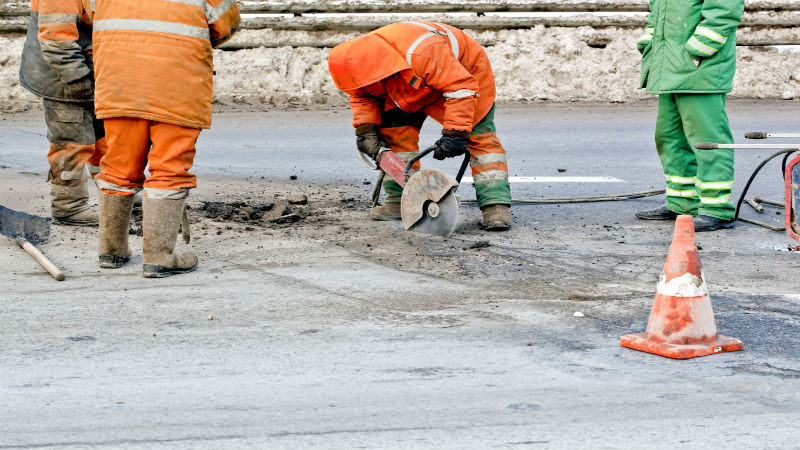Oil rig platform and pipeline corrosion is primarily the result of watering meeting iron. Iron oxide forms. Water combines with atmospheric carbon dioxide and creates a weak carbon acid. As the acid develops, iron begins to dissolve. Sea water, being an excellent electrolyte, helps to speed up the rusting process.
Companies that operate in hostile, corrosive marine environments are constantly challenged by corrosion problems. As such, structural integrity of pipes and oil platform structures is continually at risk. Offshore corrosion protection addresses ways and methods to help prolong structural life; thus saving millions, perhaps billions, as a result.
Industry corrosion protection goals include:
Prolonging the life of offshore platforms and pipelines
Gaining a better understanding of cathodic protection and coatings, and how they aid in preventing and controlling corrosion
Gaining expert level insights with respect to NACE and DNV standards, along with ISTO and Standard Test Methods
Cathodic Protection for Pipelines on the Ocean Bed
Ocean bed pipelines include long harbor crossings and lines to offshore drilling operations. Galvanic anode bracelets have seen considerable use. Essentially, these are rings anodes (specially cast) that both encircle pipes and that attached directly to those pipes. This allows pipes to be cathodically- protected as soon as they become submerged. This method, used in conjunction with an effective coating extends the life of pipes and structures.
Current Technologies Helping to Prevent Corrosion
Current corrosion control technologies include the use of organic-rich primers, higher guild epoxies, and polysiloxane coatings. As structures age, costs escalate in maintaining structural integrity. As such, oil system operators must plan for protocols that assess maintenance effectiveness and associated costs that are central to investment decisions.
Advancing Corrosion Prevention Technologies
Regarding productivity and cost, rectification is causing technology to look in the direction of surface engineering. This is the treatment of material in ways that change property characteristics to improve structural integrity, and to eliminate corrosion by design. Engineered coatings will be applied throughout the design process, specification, and manufacturing process to ensure that environmental safeguards are met.
Oil is important. If affects the daily lives of billions of people in countless ways. There are amazing technologies just around the corner that will provide enhanced offshore corrosion protection, and benefit the oil industry, and the world, tremendously.






